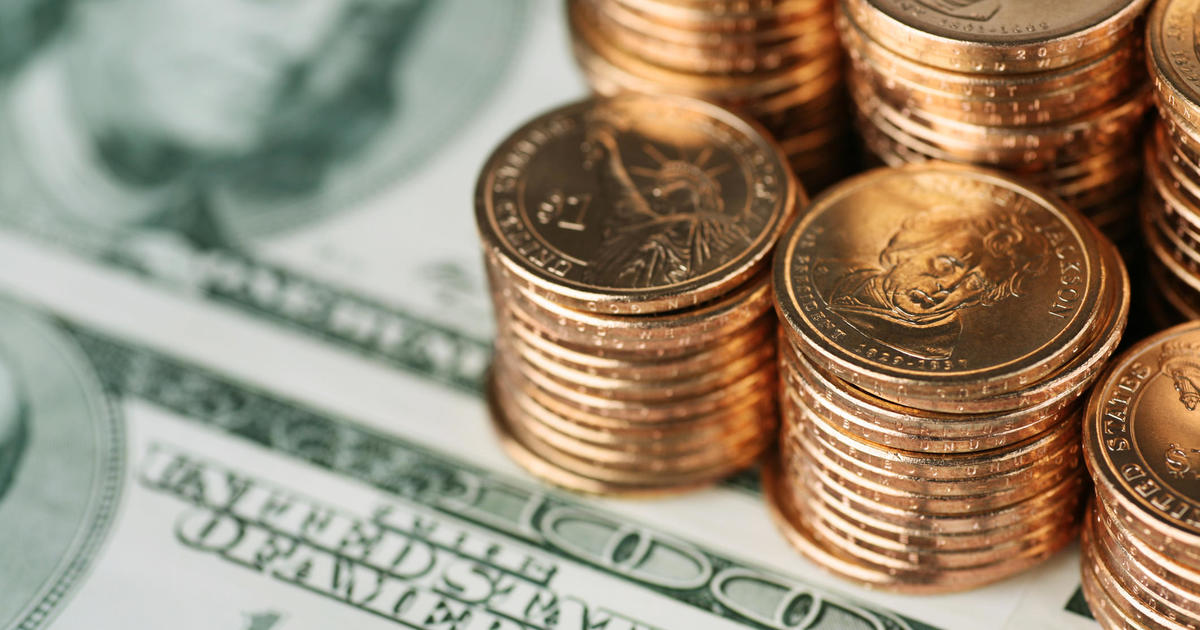Gas prices are at their lowest level since 2016
Gas prices around the U.S. are at their lowest level in more than than four years as millions of Americans, jobless or sheltering at home, forgo their daily commutes. The per-gallon average this week hit $1.85, according to AAA — a price the nation hasn't seen since February 2016.
"Normally prices drop very low every February, but what's unusual this year is that COVID-19 is depressing demand, and that's why prices have not rallied," said Patrick De Haan, the head of petroleum analysis for GasBuddy.
In March, when prices would normally rise, governors across the U.S. began ordering businesses to close and telling workers to stay home. Being forced to shelter in place meant hardly anyone needed to fill their gas tank.
The sudden drop in demand for gas coincided with a glut of oil in the market. Oil-producing nations met in early March to discuss how much to cut oil production. Russia and Saudi Arabia disagreed, and instead of reducing, both nations increased their output. Oil prices went upside-down, plummeting to negative $40 per barrel before members finally started cutting production in mid-April.
In a normal year, gas prices would gradually rise throughout the spring and into the summer as Americans hit the road. The average per-gallon price typically climbs between 35 cents and 75 cents every year leading up to Memorial Day, when many families take road trips and summer vacations, DeHaan said.
However, with many Americans likely staying indoors during Memorial Day, prices at the pump could hit their lowest levels since 2003, De Haan said. He predicted prices would climb slightly north of $2, but probably not pass $2.20 or $2.30.
Driving in the largest cities has plummeted during the pandemic, according to data released last month from StreetLight Data and Cuebiq. Miles driven dropped two-thirds in New York, Chicago and Los Angeles and by three-quarters in Boston and the District of Columbia.
Another likely culprit keeping prices low is the Trump administration's move in March to allow the sale of cheaper, if less environmentally sound, winter gasoline after May 1. In normal years, the switch to a "summer" blend is another factor behind seasonal price increases.
Gas prices still fluctuate week to week. However, during the most expensive week this year, in January, gas was still 10% cheaper than at the same time a year ago. The lowest week, at the end of April, saw the average price fall to $1.76 — 60% less than the price one year ago.
Gas prices in California, Hawaii and Washington still top $2.50 a gallon, while Arkansas, Mississippi and Oklahoma are at $1.50, according to AAA. "You've got some states that have seen places where the prices have gone below 99 cents," said AAA spokesperson Jeanette Casselano.
As states start to reopen in the coming weeks, prices should slowly rise as motorists head back to the nation's roadways. Still, summer 2020 gas prices will probably be 50 cents to 75 cents cheaper than last summer, she said.
"Businesses are reopening, but you have a lot of people unemployed," Casselano said. "They will use their cars to run their errands, but they're probably not going to take those long road trips or summer vacations, which typically drive up demand."




